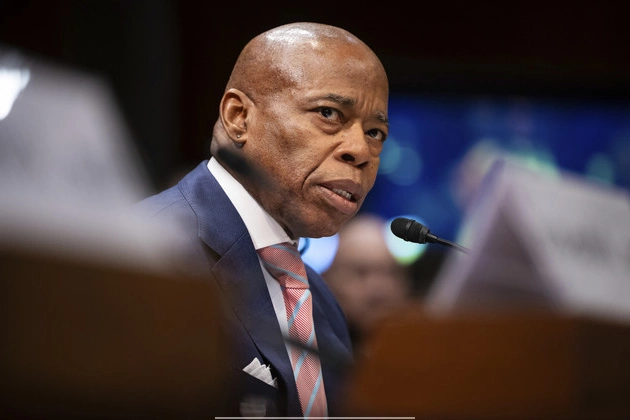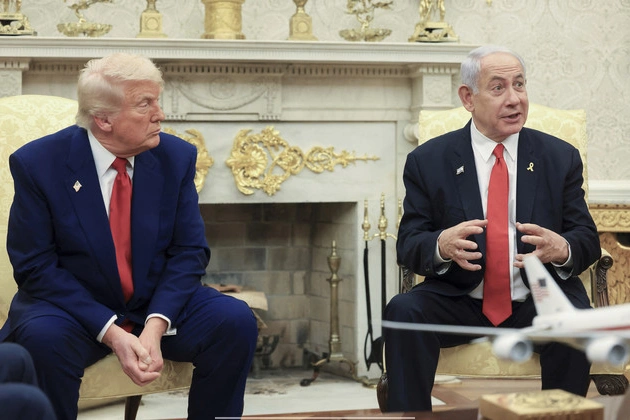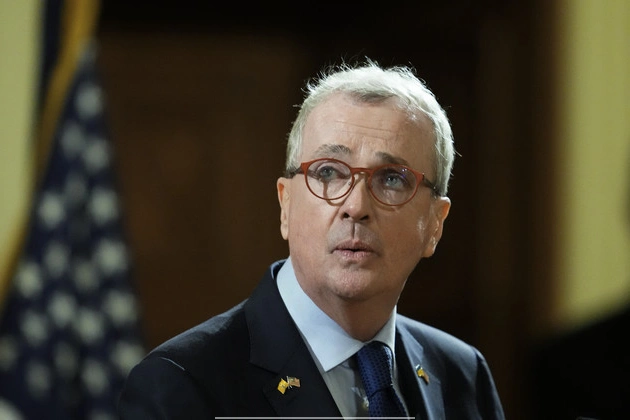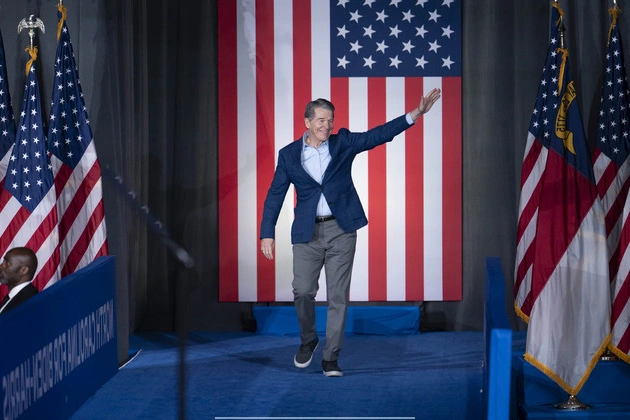
Ingrid Lewis-Martin, the architect behind Eric Adams’ journey from police captain to mayor of New York City, is resigning from City Hall, effective immediately, amid a tumultuous period for the mayor. As he faces a federal indictment and upcoming reelection, Lewis-Martin herself is under scrutiny by local law enforcement.
The Departure and Investigations
Prosecutors from Manhattan DA Alvin Bragg’s office have presented evidence about Lewis-Martin to a grand jury, potentially leading to an indictment soon after.
Her lawyer, Arthur Aidala, and City Hall spokesperson Fabien Levy have refrained from commenting on the ongoing investigations.
A Trusted Confidant
Described as more than just a friend or adviser, Lewis-Martin shared a deep bond with Mayor Adams, rooted in their long-standing relationship that transcended professional ties.
Adams acknowledged her pivotal role in his career, expressing the difficulty of her absence in his daily workings.
Legacy and Departure
At 63, Lewis-Martin has opted for retirement to focus on family, signaling her disengagement from Adams’ reelection campaign.
Her tenure as chief adviser granted her significant influence in crucial decision-making processes within the administration.
Impact and Speculation
While her departure was unexpected, discussions about her exit had been circulating prior to the legal challenges faced by the administration.
Despite the ongoing legal issues surrounding Adams and his inner circle, Lewis-Martin’s resignation underscores a broader trend of high-ranking officials leaving City Hall under investigative scrutiny.
As investigations unfold, Lewis-Martin remains uncharged, emphasizing the need for transparency and due process.
Personal and Professional Bonds
Lewis-Martin’s association with Mayor Adams dates back to the 1980s, showcasing a longstanding partnership that evolved through various political roles.
In her statement, she expressed gratitude towards Adams for recognizing her potential and supporting her through challenging times.
Her departure marks the end of an era characterized by collaboration, loyalty, and shared endeavors in public service.















